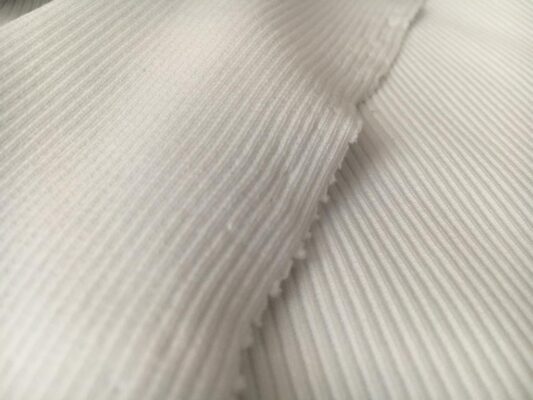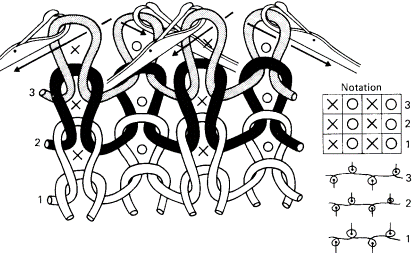Rib Fabric Production
Ribbed circular knitted fabrics are a type of double-layered fabric obtained by placing the cylinder and cap needles crosswise to each other in double-plate circular knitting machines.
The most important feature that expresses ribbed fabrics is that when the fabric is opened in its width direction, the plain (R) and reverse (L) loops appear alternately on both sides depending on the knitting pattern. The structure of the fabric consists of straight and reverse loops, one after the other.
How is Rib Fabric produced?
Rib, which has such fine touches that human eye and hand labor is not possible, is obtained by special machines. It is one of the fabric types obtained by steel machines, especially in terms of sewing method and loop sensitivity.
Two straight reverse methods, the rib produced by knitting industry products has never been a fabric that can be prepared by hand. Rib usage is widespread throughout the world and its cost is one of the materials with a lower budget than other fabric types.


